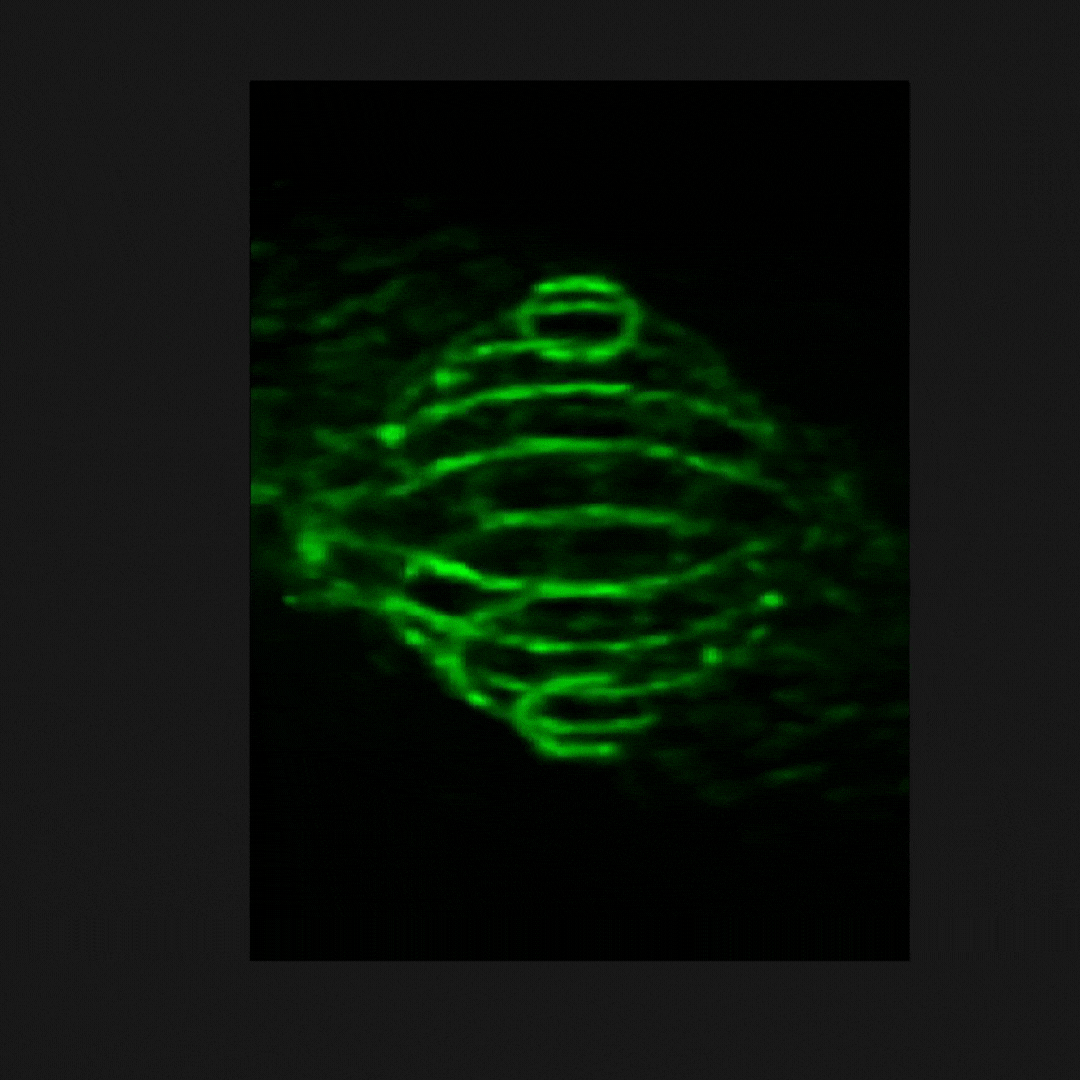The history of hologram technology can be traced back to 1947 when British-Hungarian scientist Dennis Gabor first conceived the idea while working on improving electron microscopes. He coined the term “holography,” derived from the Greek words “holos” (whole) and “graphein” (writing). Gabor’s pioneering work laid the foundation for holography, which would later captivate the world’s imagination and challenge the perception of reality.
Throughout the years, hologram technology has evolved, with key developments taking place in the latter half of the 20th century. In the 1960s, the invention of the laser enabled holographers to create stable, high-quality holograms. Emmett Leith and Juris Upatnieks, inspired by Gabor’s work, developed the first off-axis holography in 1962, paving the way for the widespread use of holograms in various fields.
Since then, the fascination with holograms has been deeply ingrained in popular culture. Science fiction movies and literature have often depicted a future where holograms are an integral part of daily life, inspiring scientists and engineers to pursue the development of this technology. From iconic scenes in Star Wars, where Princess Leia’s holographic message to Obi-Wan Kenobi sparked the imagination of audiences, to the holographic doctor in Star Trek: Voyager, the cultural fascination with holograms has fueled research and innovation.
However, in recent years, hologram technology has advanced significantly, and scientists from the Harvard John A. Paulson School of Engineering and Applied Sciences (SEAS) have taken a substantial step towards creating life-like holograms.1 Researchers from the Capasso Laboratory, led by Federico Capasso, have developed a new method to create holograms using threads of light layered in 2D sheets containing tightly controlled arrays of light.2 These sheets are then stacked to form 3D objects, as reported in Nature Photonics.
The new holography method overcomes the limitations of traditional holography techniques, which cause depth perception problems and diminished details in 3D objects. By propagating slices of light perpendicularly to the optical display, the researchers have achieved uniformly spaced sheets of light with low crosstalk and high resolution.
Central to this development is a special kind of light beam called a Bessel beam. Unlike traditional laser beams, Bessel beams maintain their intensity and can even heal themselves after encountering obstacles. By combining multiple Bessel beams through a process called superposition, researchers can gain precise control over light intensity and maintain the depth of field crucial for depicting images and objects crisply.

The potential applications of this new holography method are vast. It could revolutionize virtual and augmented reality, biological imaging, volumetric displays, human-computer interactions, and interactive educational tools. The selective control over light’s intensity could also be combined with microscopy methods to minimize phototoxicity in biological samples, allowing for more extensive imaging of living cells without causing damage.

Additionally, the researchers are keen to adapt the method for optogenetics research, where brain circuits are genetically engineered to respond to light. With light sheet holography, scientists could activate targeted cells or networks of cells within optogenetic circuits with high accuracy and specificity.
This breakthrough in hologram technology raises various philosophical questions and implications. As holograms become more life-like and integrated into daily life, debates regarding the implications of this technology on the nature of reality and human experience are likely to intensify. The future of hologram technology hinges on responsible usage and the values of those who wield it.
As hologram technology continues to advance, its potential applications extend beyond entertainment and art. Education, healthcare, communication, virtual and augmented reality, and human-computer interactions are just some of the fields that could benefit from the development of increasingly realistic and interactive holograms.
While the potential applications of hologram technology are vast and exciting, it is essential to consider the moral and philosophical implications of this rapidly evolving field. As the technology advances, humanity must grapple with the power and potential of holograms to shape our understanding of reality and our interaction with the world around us.
In conclusion, hologram technology has come a long way since Dennis Gabor’s pioneering work. From the early days of laser-assisted holography to Capasso Lab’s recent breakthrough, hologram technology has consistently captured the imagination of scientists, engineers, and society at large. As we move forward, it is crucial to consider both the exciting potential applications and the philosophical implications of holograms, ensuring that we harness this technology responsibly and for the betterment of humanity.
References:
https://optics.org/news/14/4/20
https://www.nature.com/articles/s41566-023-01188-y